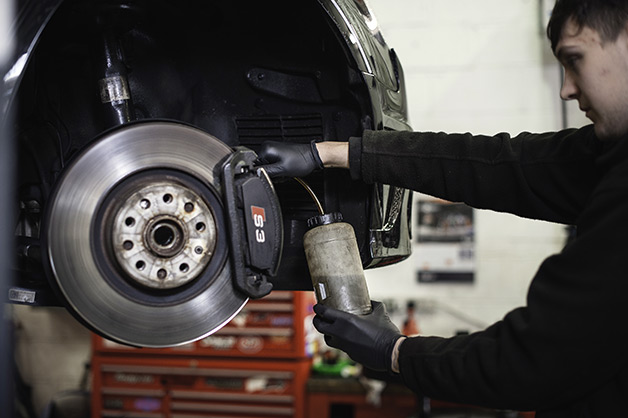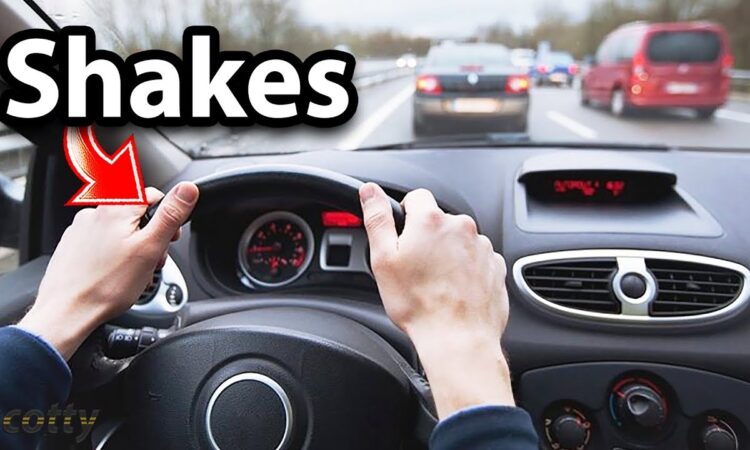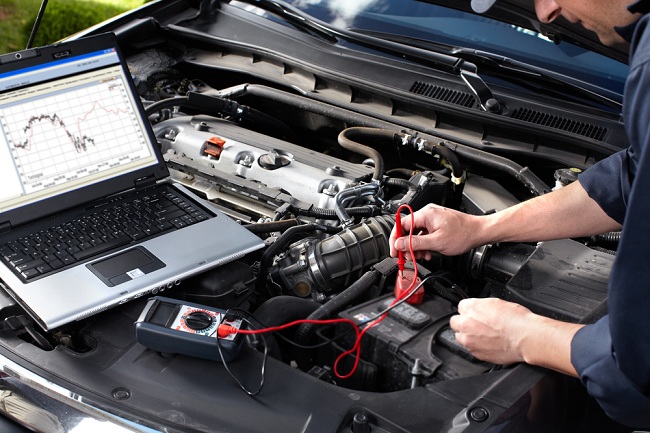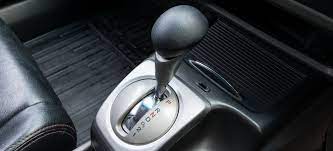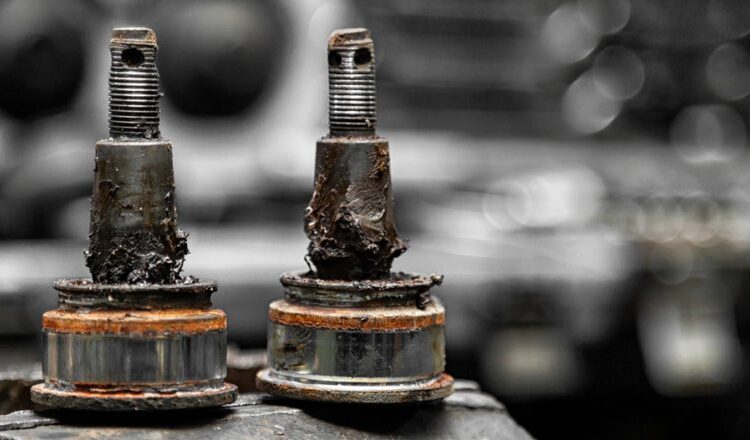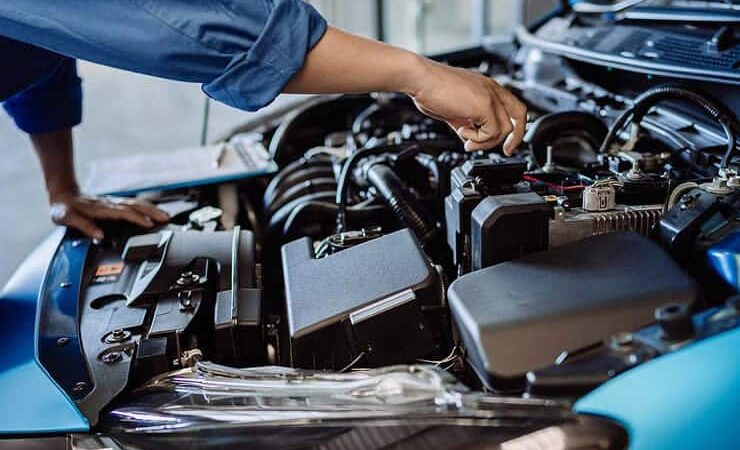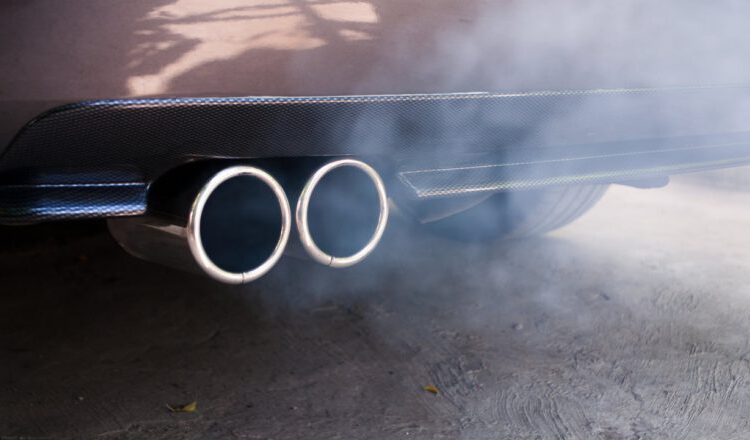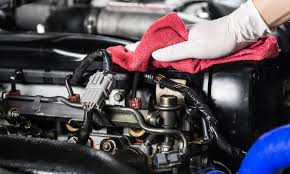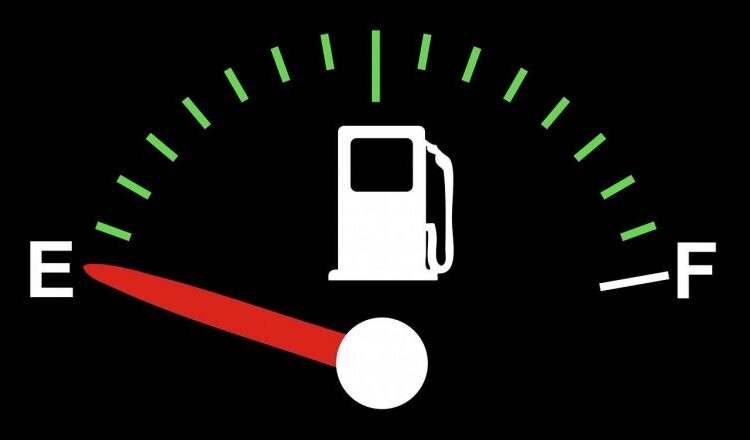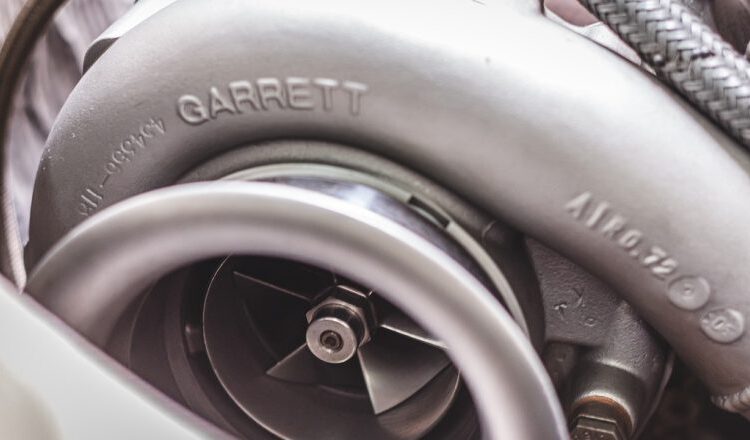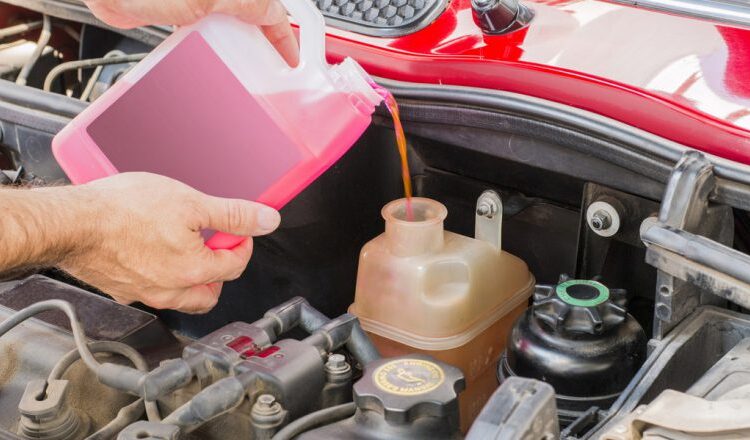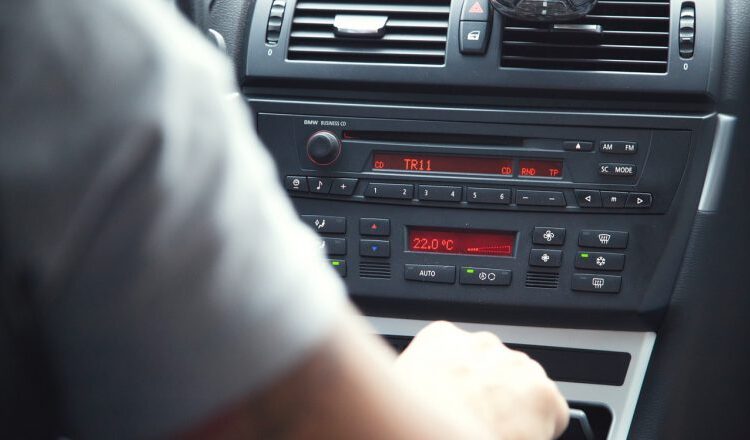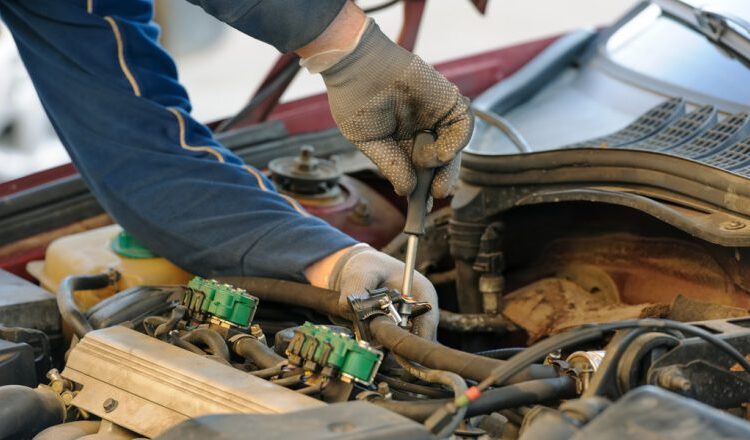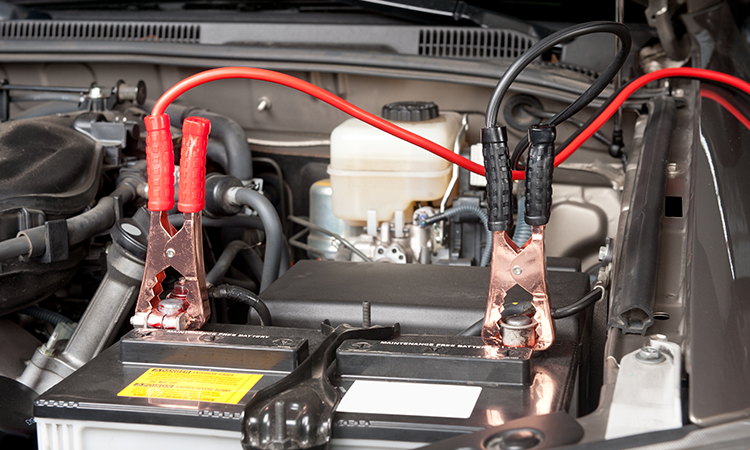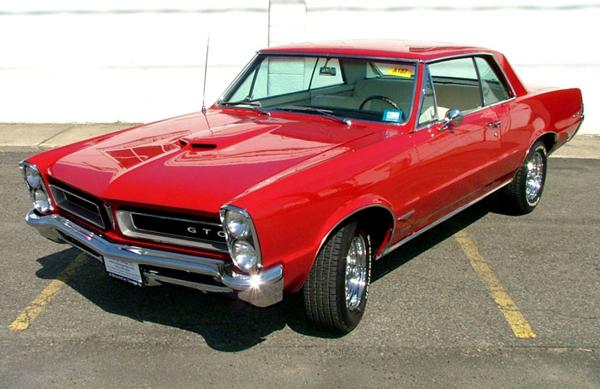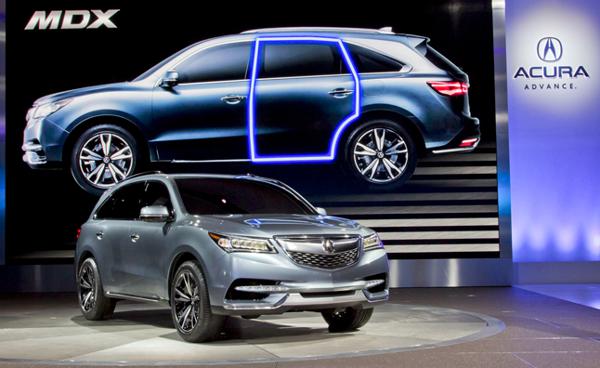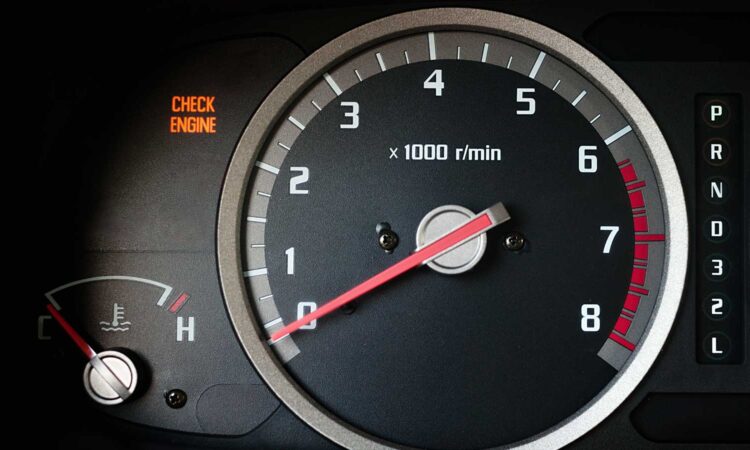
While the illuminated engine light may indicate a malfunction, there’s no need to panic! The check engine light flashing commonly points to minor issues that, if overlooked, could potentially escalate into more severe problems. So, what is the significance of a lit check engine light?
To begin with, it’s essential to understand the nature of the check engine light. It is present in cars equipped with an OBD-II diagnostic socket, a feature found in every car on the European market manufactured after 2000. Typically, it appears as the inscription “CHECK ENGINE” or a schematic representation of the engine block, and some cars may combine both forms in a single pictogram.
The check engine light is part of a set of self-diagnostic systems overseen by the electronic engine controller. It’s important to keep in mind that the on-board computer cannot detect some mechanical failures; instead, the check engine light signals problems that individual electronic sensors are communicating. These issues may include incorrect signals from systems or surpassing factory-set parameters.
When does the check engine light illuminate? It’s crucial to recognize that the engine light activates only when deviations from the norm persist over an extended period of time. The controller frequently ignores brief fluctuations, which are not an immediate cause for concern. Additionally, for some less critical parameters, the on-board computer may not provide clear signals of a malfunction.
However, if noticeable symptoms, such as power loss or increased fuel consumption, manifest in the vehicle without the check engine light coming on, it indicates a potential mechanical system failure.
Check engine light: common triggers
The check engine indicator is typically activated due to issues primarily associated with the injection and exhaust systems. In modern vehicles, these systems are equipped with sensors, ensuring passenger safety and environmental cleanliness. Common faults triggering the engine light include:
- Excessive wear of the catalytic converter
- DPF filter malfunction
- Exhaust gas recirculation (EGR) system blockage
- Injection system failure (incorrect fuel dosage)
- Wear or malfunction of spark plugs
- Flowmeter failure
- Lambda probe error (gasoline engines)
- Turbocharger geometry blockage (in equipped engines)
Check engine light and LPG
Cars equipped with LPG installations often experience the check engine light turning on. Deregulation of the installation and improper gas dosage can disrupt the entire power supply system. Common culprits in such situations include gas filters, the reducer, or gas injectors, which may require replacement after a failed attempt at professional intervention.
Check engine light fluctuations
In everyday car usage, there may be instances where the check engine light illuminates but later turns off automatically. Common trivial causes include low voltage in the electrical system leading to inaccurate sensor readings or the ignition getting wet after thorough car washing. The light may also illuminate due to excessive patina around one of the sensors’ contacts. In such cases, starting the engine multiple times and cleaning the plugs should prevent the light from reactivating. If the check engine light persists, especially while driving, consulting a mechanic is advisable, as it may signal a more serious issue.
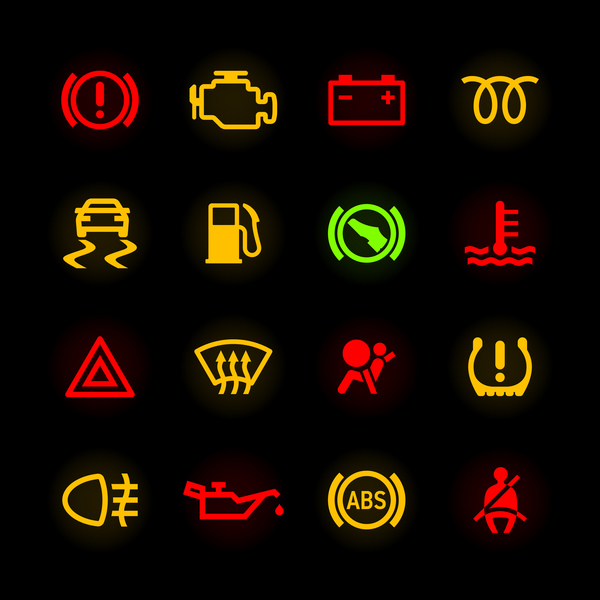
Is it safe to drive with an orange engine light?
Depending on the issue, drivers may notice red or orange dashboard lights. An orange check engine light typically signals a minor problem that could potentially escalate into more significant issues. In such cases, it is generally permissible to continue driving, especially if no other noticeable problems are present. However, it is crucial to address the underlying issue promptly, and using a diagnostic tester to identify and resolve the problem is a recommended approach.
On the other hand, red lights indicate a severe malfunction, and immediate cessation of driving is advised. These lights signify a threat that could compromise safe travel or lead to substantial damage to the vehicle.
How can you clear the check engine light?
Clearing the engine light involves manually erasing the error code stored in the controller’s memory. Many workshops, particularly those specializing in vehicle diagnostics, offer this service. Alternatively, individuals can perform this task themselves with a diagnostic interface and a dedicated application. It’s important to note, however, that clearing the error code carries some risk. While a cleared check engine light allows the car to operate, it does not address the root cause of the problem and may potentially exacerbate the issue.

